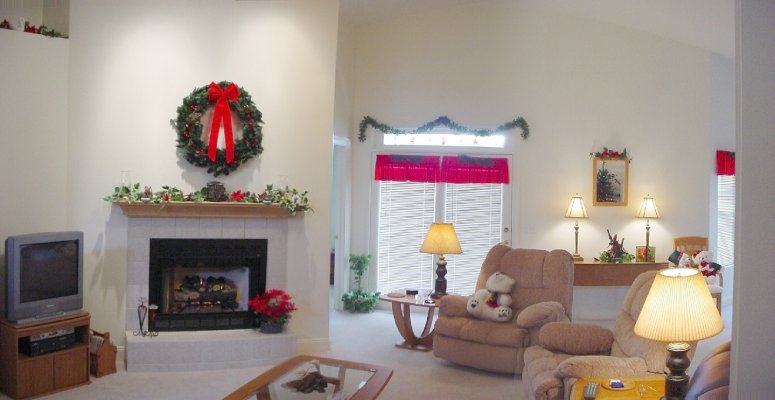harley
Give me a museum and I'll fill it. (Picasso) Give me a forum ...
It's ceramic tile. And thanks for all the info. I see the "don't tile over" recommendations, but what us the reason? Not that I'm doubting you, but I like reasons, especially when I have to explain to DW. "Because the folks on the internet said so" doesn't go over too well.
The floor is in the entire house, and we may do it a room at a time over a period of years. When we bought the house there was some water problems in a bathroom, and when we removed the vanity to fix it we discovered there was no tile under the vanity. I'm suspecting it's the same in the kitchen and the other bathroom. So removing the tile is probably the best way to go, but from what DW has read it's an incredibly messy, dusty mess requiring face masks. Probably for scraping up the mastic.
Luckily, this particular job is not at the top of the priority list so I've got some time to do some research and education.
The floor is in the entire house, and we may do it a room at a time over a period of years. When we bought the house there was some water problems in a bathroom, and when we removed the vanity to fix it we discovered there was no tile under the vanity. I'm suspecting it's the same in the kitchen and the other bathroom. So removing the tile is probably the best way to go, but from what DW has read it's an incredibly messy, dusty mess requiring face masks. Probably for scraping up the mastic.
Luckily, this particular job is not at the top of the priority list so I've got some time to do some research and education.


